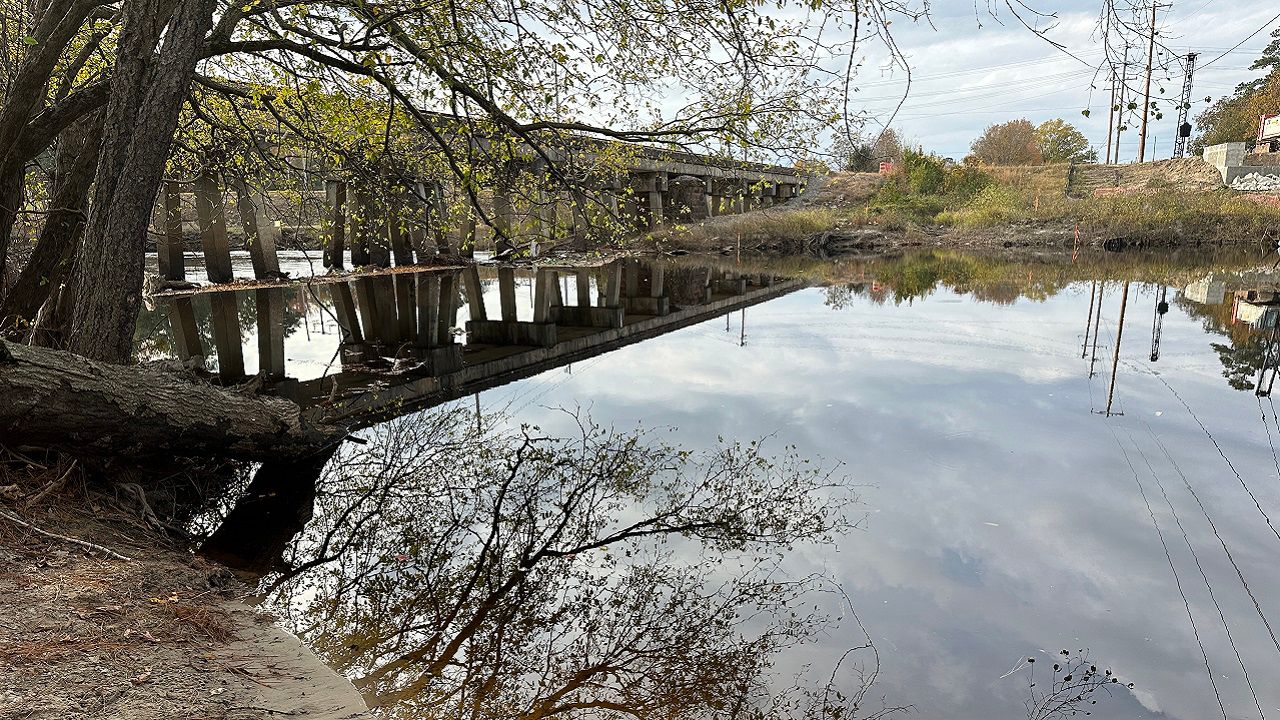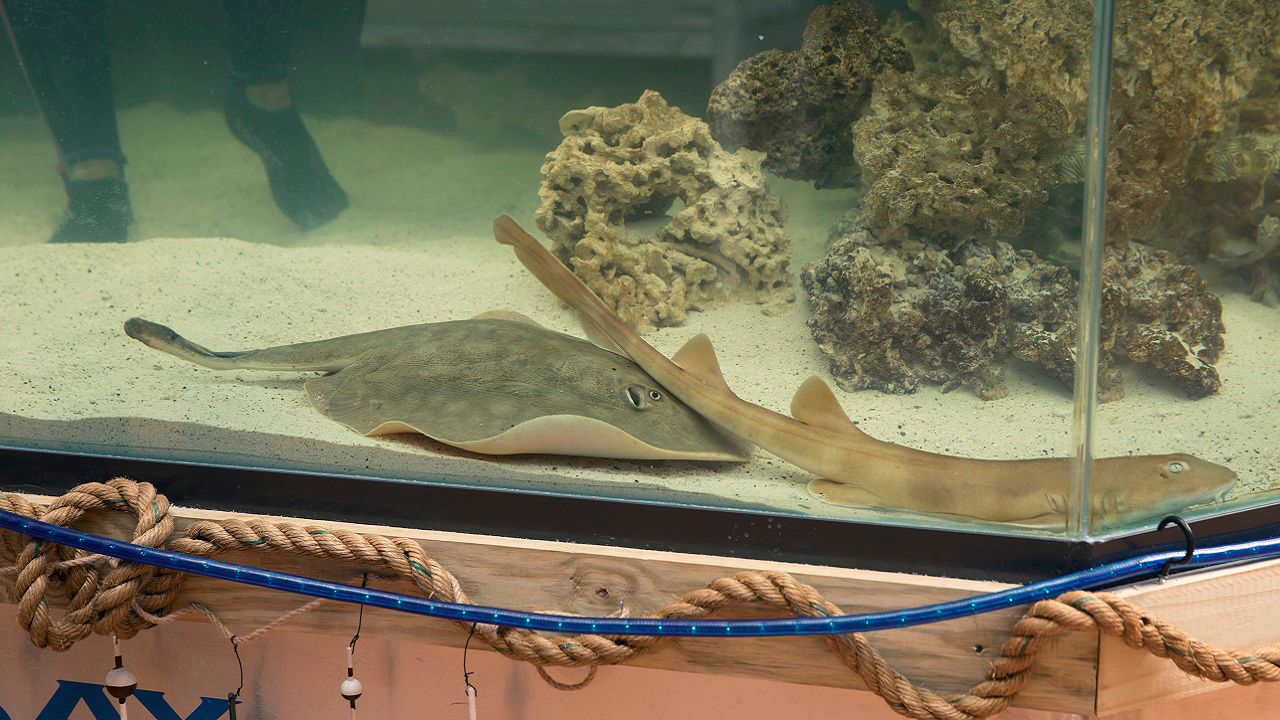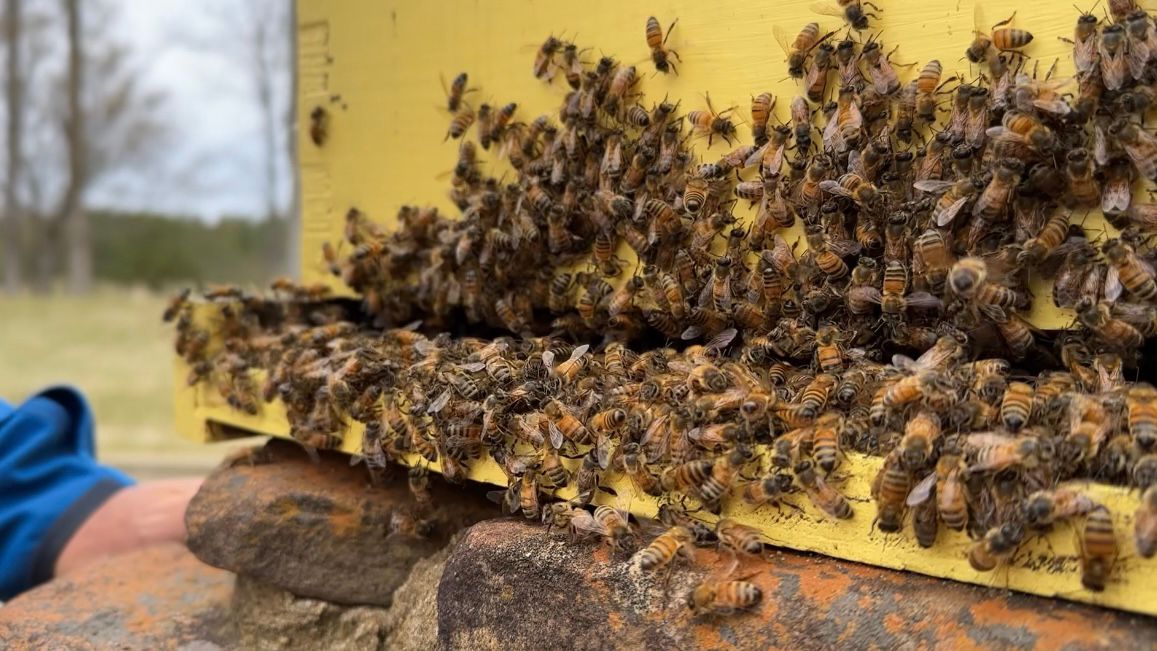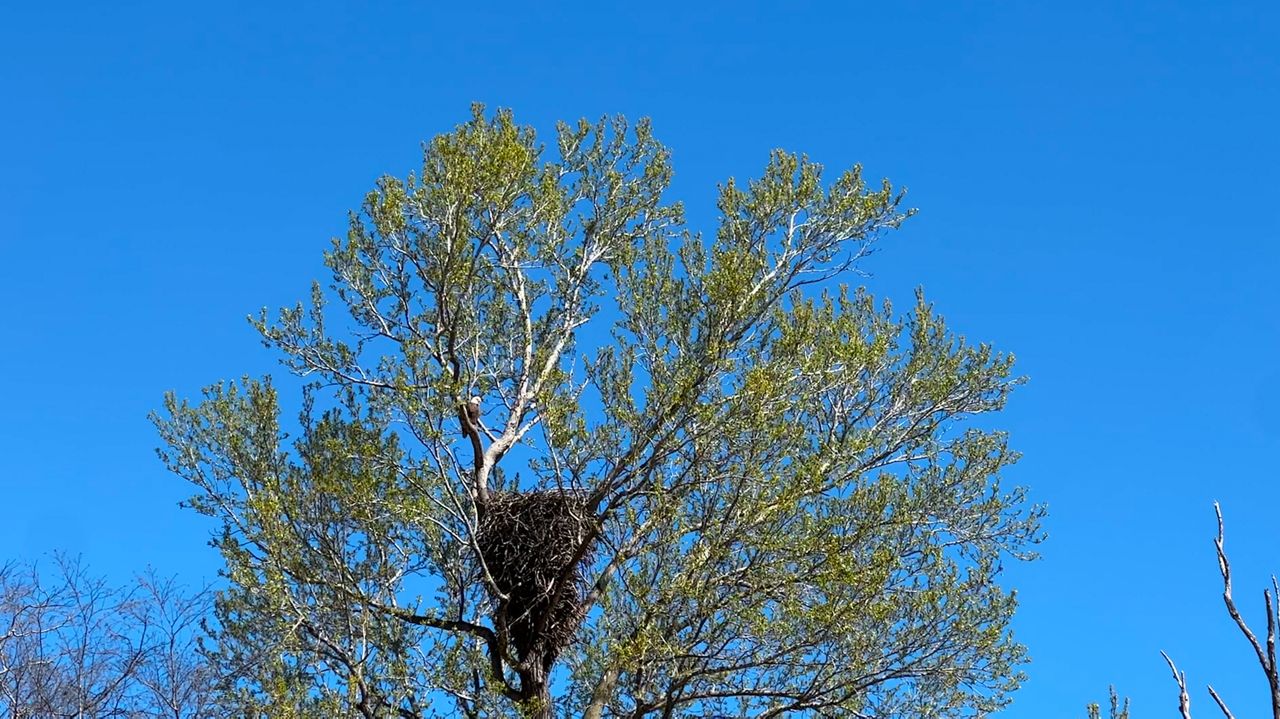Take a walk around any greenway in the Triangle, and you may run into some odd contraptions.
In an effort to study conservation zones, an urban ecologist put up tents along greenways in Raleigh
The tents trap bugs along the paths to measure their total weight, providing information about the area wildlife
As Wake County sees fast growth, this research can serve as a guide about development
Urban ecologist Sarah Parsons built tents alongside greenways to identify conservation zones within the state by examining the bugs within the region.
"This research is so important because as Raleigh continues to grow, we need to be conscious of what areas we develop and don't develop and what areas we do leave for insects and wildlife," Parsons said. "We ultimately do want a healthy ecosystem."
These tents trap bugs along the greenway to measure the total weight of an insect. Parsons' research team compares how the weight differs among urban spaces in the Triangle.
Parsons says she predicts that the insect biomass in the greenways will be greater compared to the more populated parts of the city.
According to the U.S. census, Wake is the fastest-growing county in North Carolina, with over 62 people moving in daily.
Parsons says she intends to share her findings with the city of Raleigh and beyond.
"I'd love to take this research and look at other cities, particularly in North Carolina," Parsons said. "To see if what we're finding here in Raleigh holds up in other cities and compare if we have similar trends."
Through her undergraduate lecturing at Duke University, Parsons says her favorite part about being an urban ecologist is interacting with its human occupants.
"A really integral part of the environment are the people, and so I love going to sites and chatting to people about what I am doing."









